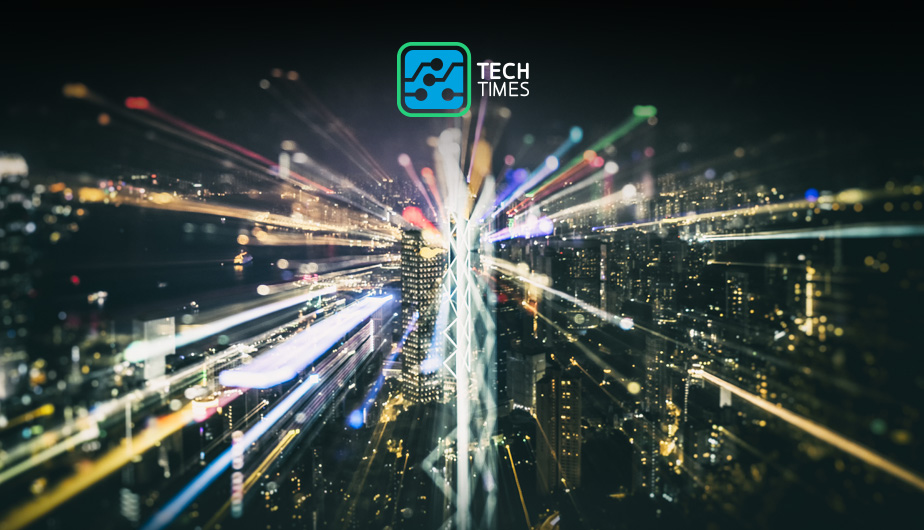
The idea of smart cities is no longer some far off concept or fodder for the latest sci-fi movie plot. As the Internet of Things (IoT) continues to expand, more and more cities are jumping onboard and adopting cutting-edge technologies. In fact, experts are projecting that the industry will become a $400 billion market by the year 2020, generating 60% of the global GDP by 2025. What makes a smart city run? Here are five key technologies.
Smart Energy
One of the main purposes of a city becoming “smart” is the use of less energy, thereby reducing the municipality’s carbon footprint. Smart grids, advanced metering and energy-efficient LED lighting are an integral part of the infrastructure while smart meters and solar power systems make homes and businesses more efficient. The energy that is consumed is carefully analyzed to further optimize usage, thereby lowering pollution and also lowering costs over time.
Smart Transportation
Smart cities are designed to support multi-modal transportation through intelligent traffic systems. Two main ways they do this is through smart parking and smart traffic lights. With smarter parking, drivers spend less time circling blocks looking for spots. Meanwhile, smart traffic lights are capable of monitoring traffic flow and adjusting signals accordingly. This reduces congestion, which ultimately reduces carbon emissions. It also cuts down on the cost of manual monitoring.
Smart Data
A key feature of smart cities is data collection. Information is gathered from sensors that are located throughout the entire city, but it must be analyzed quickly in order for it to be useful. Transparency is achieved through open data portals, where data is published and can be accessed by anyone for a variety of uses. City officials use predictive analytics to determine future patterns and develop ways to make city life better for everyone.
Smart Infrastructure
Because smart cities focus on gathering and analyzing a tremendous amount of data, officials are better able to plan. For instance, the data collected can facilitate optimized planning for future demand as well as proactive maintenance to keep things running more smoothly. Being able to test things in real-time can help prevent problems, such as potential public health issues. And lastly, having a smart infrastructure enables the city to pursue other technologies that will further improve life for its citizens.
Smart IoT
The final piece of the puzzle and the key that ties everything in a smart city together is IoT devices. Sensors and actuators are an integral component of everyday life, capturing valuable data and kitting together the very fabric of our society. This enables complex city systems to be more accurately managed in real-time. Of course, with this infiltration of sensors and interconnected devices comes the added challenge for city leaders of privacy and security. Ultimately a delicate balance must be attained through which the information being gathered is used solely in a way that benefits, not harms, citizens.
Experts are forecasting that by the year 2020, there will be approximately 600 smart cities worldwide – a number that will naturally grow along with the global population. Each of these cities will be powered by a combination of intelligent, intuitive technologies like the five listed above, all of which will work together to maximize efficiency and enable the cities to continuously improve.